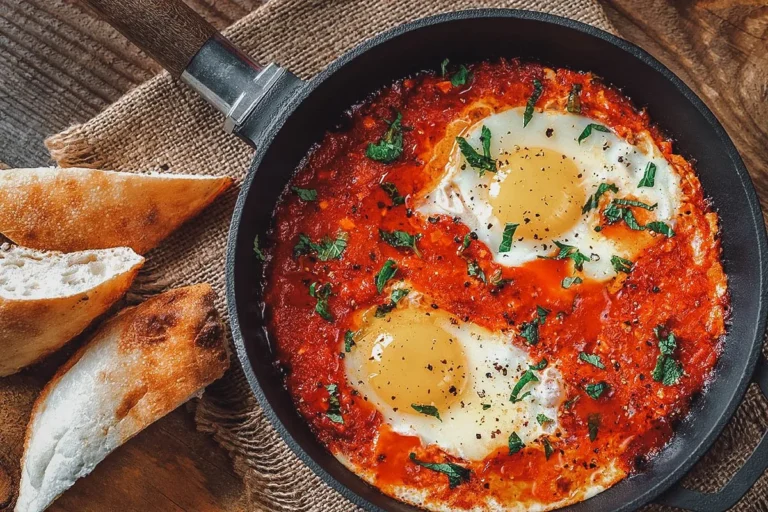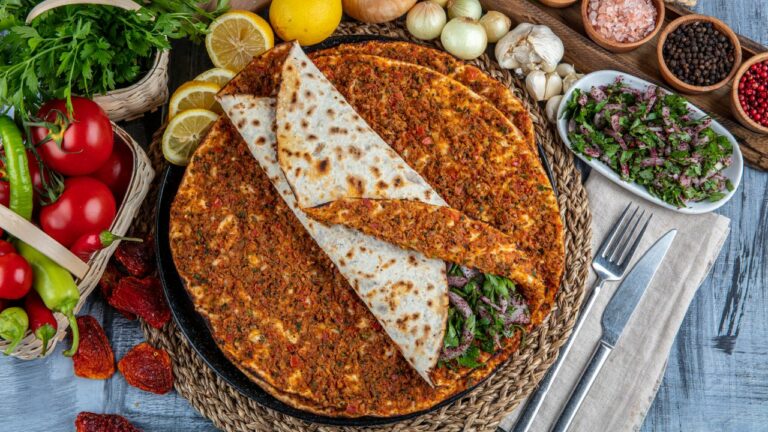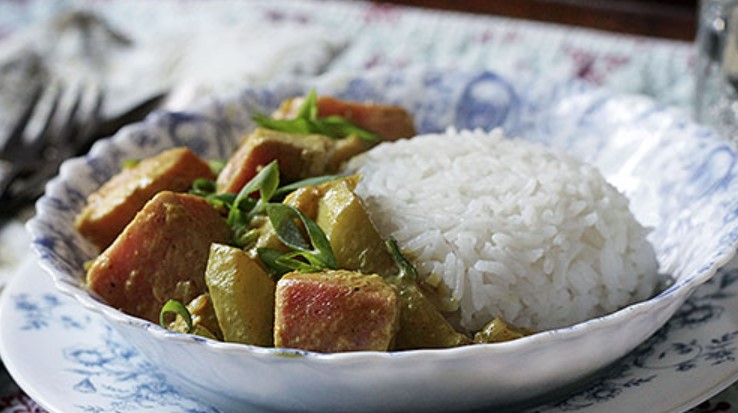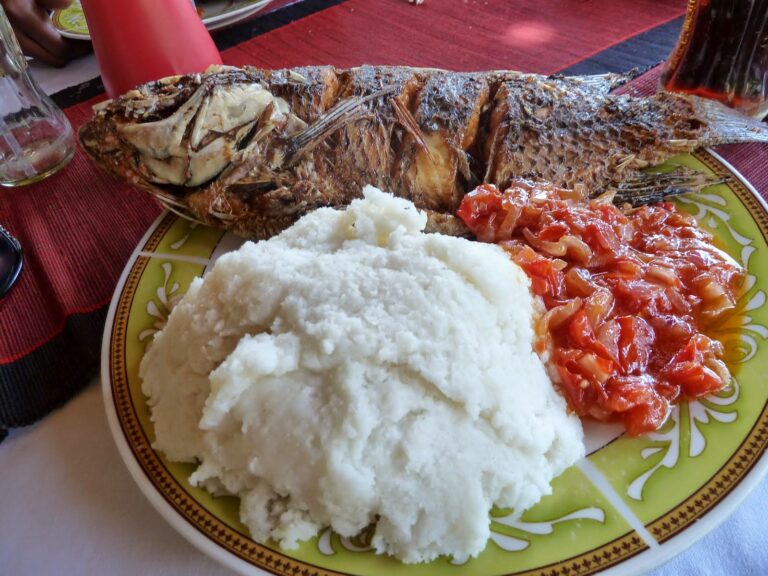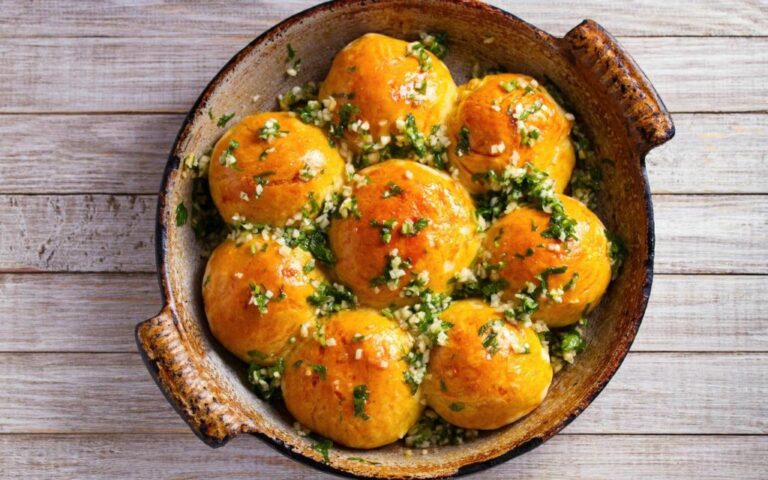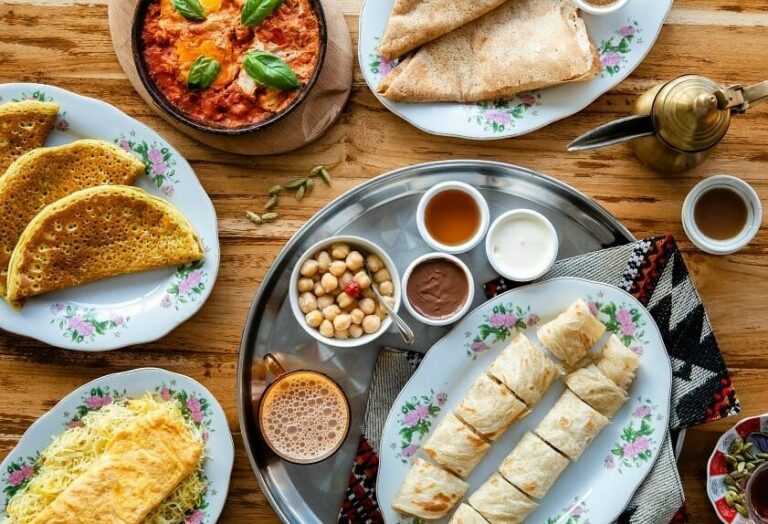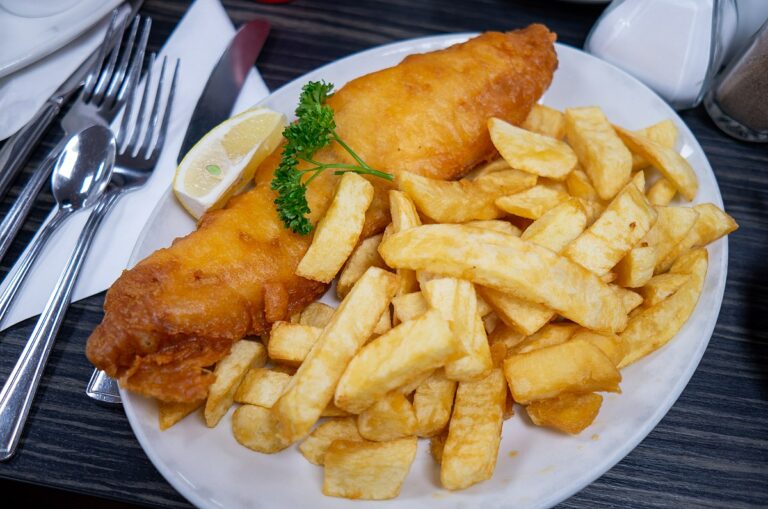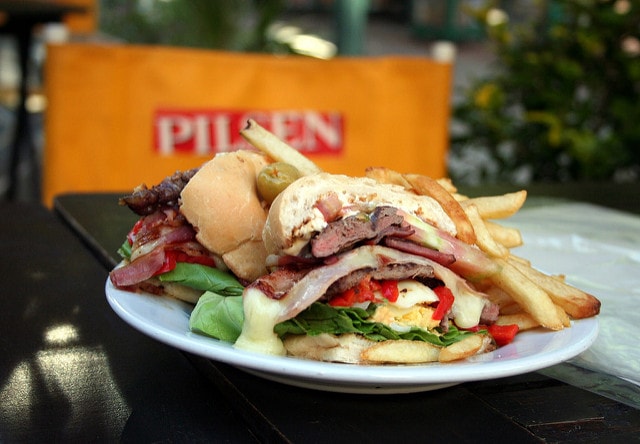Introduction to Tunisian Cuisine
Tunisian cuisine is a cuisine rich in flavor and history, reflecting the country’s diverse cultural influences. Located in North Africa, Tunisia is a melting pot of Berber, Arab, Turkish, and French influences. Tunisian cuisine is characterized by its use of fresh ingredients, aromatic spices, and herbs. Its most popular dishes include stews, grilled meats, couscous, and a variety of seafood. Tunisian cuisine is not just a way of cooking; it is a way of life, and the dishes are often shared with family and friends.
Influences on Tunisian Cuisine
Tunisian cuisine has been influenced by many cultures. Berber, Arab, Turkish, and French cultures have all contributed to the unique flavors and ingredients found in Tunisian cuisine. Berber cuisine, for instance, is characterized by its use of grains, vegetables, and spices, which are often used to create stews and tagines. Arab influences brought more spices to the cuisine, while the Turks introduced new cooking techniques, such as grilling and roasting. French colonization also had an impact, with the introduction of bread, pastries, and coffee.
Ingredients Used in Tunisian Cuisine
Tunisian cuisine relies heavily on fresh ingredients, such as vegetables, fruits, and herbs. Harissa, a spicy paste made from chilies, garlic, and olive oil, is a fundamental ingredient found in many Tunisian dishes. Other staples include couscous, chickpeas, lamb, beef, fish, and seafood. Tunisian cuisine also incorporates a variety of spices, such as cumin, coriander, cinnamon, and saffron. Olive oil is a widely used ingredient in Tunisian cooking, and it is often served with bread as a dip.
Popular Tunisian Dishes
Tunisian cuisine offers a variety of flavorful and hearty dishes. One of the most popular dishes is couscous, a North African staple made from semolina wheat and served with vegetables, meat, or fish. Another popular dish is brik, a crispy pastry filled with tuna, egg, and parsley. Tunisian stews, such as chakchouka and lablabi, are also popular. Chakchouka is a savory dish made with eggs, tomatoes, and peppers, while lablabi is a soup made with chickpeas, bread, and harissa.
Tunisian Spices and Flavors
Tunisian cuisine is renowned for its use of aromatic spices and flavors. Cumin, coriander, and cinnamon are commonly used in Tunisian dishes. Harissa, a fiery chili paste, is another essential ingredient that is used to add heat and depth to many dishes. Other spices include saffron, turmeric, and paprika. Tunisians also use a variety of herbs, such as mint, parsley, and cilantro, to add flavor to their dishes.
Regional Variations in Tunisian Cuisine
Tunisian cuisine varies from region to region, due to the country’s diverse cultural influences. In the north, the cuisine is heavily influenced by French cuisine, with dishes like quiche and croissants. The south, on the other hand, is more influenced by Berber cuisine, with dishes like couscous and tagines. The coastal regions feature a lot of seafood dishes, such as grilled fish and octopus salad. Each region has its own unique ingredients and flavors, making Tunisian cuisine diverse and exciting.

